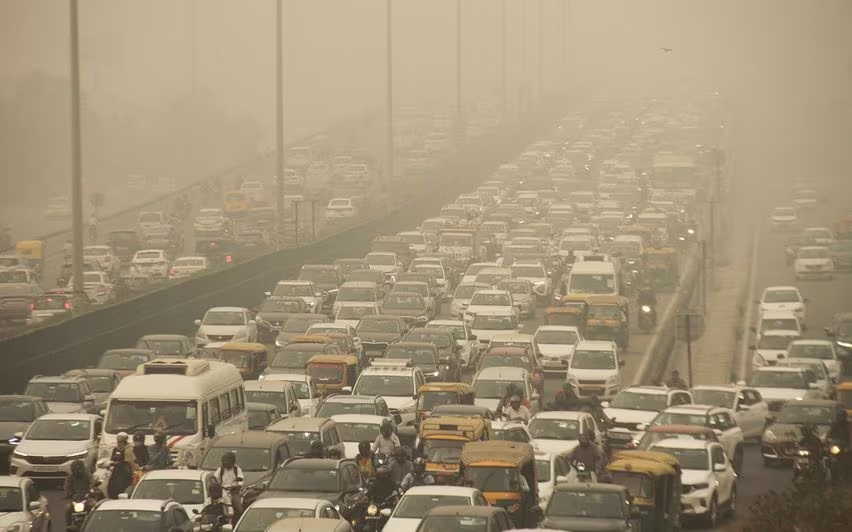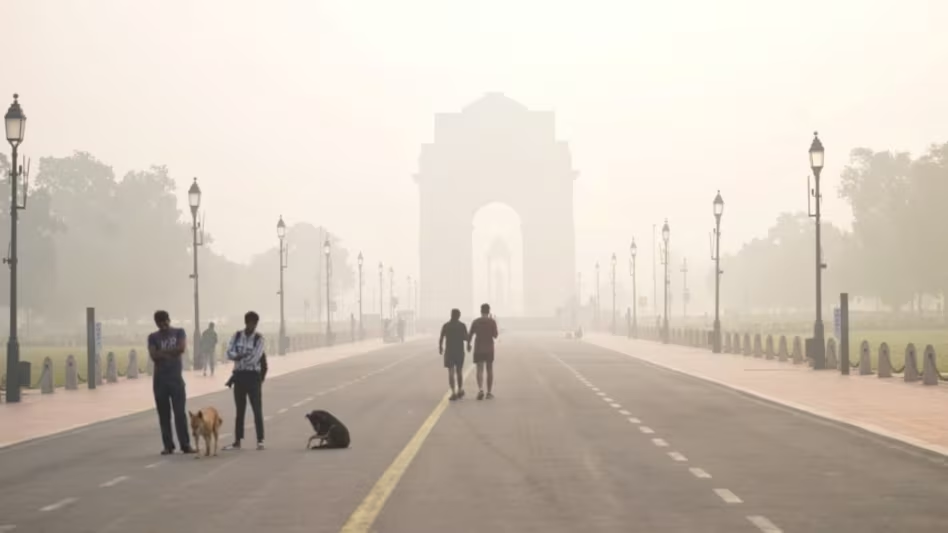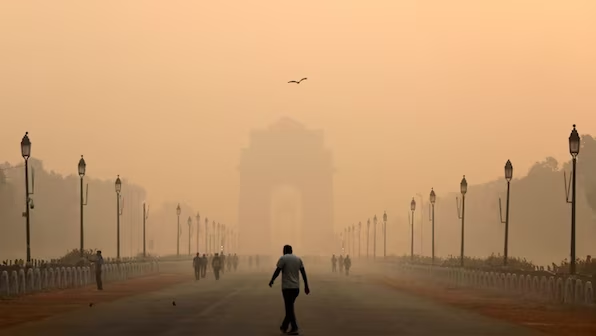Key Highlights
Delhi, notorious for its post-Diwali air pollution, has recorded its second cleanest air quality since 2015 following this year’s festivities. The 24-hour average Air Quality Index (AQI) on the day after Diwali stood at 339, categorized as ‘very poor,’ yet significantly better than previous years. This improvement is attributed to favorable meteorological conditions and a noticeable reduction in firecracker usage.
Understanding the AQI and Its Implications
The Air Quality Index (AQI) is a standardized indicator used to communicate the quality of air and its potential health effects. It ranges from 0 to 500, with higher values indicating worse air quality. The categories are defined as follows:
- 0-50: Good
- 51-100: Satisfactory
- 101-200: Moderate
- 201-300: Poor
- 301-400: Very Poor
- 401-500: Severe
An AQI of 339 falls into the ‘very poor’ category, which can cause respiratory discomfort and affect individuals with pre-existing health conditions.

Comparative Analysis: Post-Diwali AQI Over the Years
Analyzing data from the Central Pollution Control Board (CPCB), Delhi’s post-Diwali AQI has shown fluctuations over the years:
- 2015: AQI 343
- 2016: AQI 445
- 2017: AQI 403
- 2018: AQI 390
- 2019: AQI 368
- 2020: AQI 414
- 2021: AQI 462
- 2022: AQI 312
- 2023: AQI 358
- 2024: AQI 339
The AQI of 339 in 2024 is the second lowest since 2015, indicating a positive trend in air quality improvement during the post-Diwali period.
Factors Contributing to Improved Air Quality
Several factors have contributed to the improved air quality in Delhi post-Diwali:
- Favorable Meteorological Conditions: Increased wind speeds and favorable wind directions have facilitated the dispersion of pollutants, preventing the accumulation of particulate matter in the atmosphere.
- Reduced Firecracker Usage: There has been a noticeable decline in the use of firecrackers during Diwali celebrations, attributed to heightened public awareness and stricter enforcement of regulations.
- Government Initiatives: The implementation of the Graded Response Action Plan (GRAP) and other pollution control measures by the Delhi government have played a role in mitigating pollution levels.
Role of Meteorological Conditions
Meteorological factors significantly influence air quality. This year, Delhi experienced higher wind speeds and favorable wind patterns during the Diwali period, aiding in the dispersion of pollutants. Additionally, the absence of temperature inversion—a phenomenon where a layer of warm air traps pollutants near the ground—contributed to better air quality.
Impact of Firecracker Usage
Firecrackers are a major source of air pollution during Diwali, releasing harmful pollutants such as particulate matter (PM2.5 and PM10), sulfur dioxide, and nitrogen oxides. The reduction in firecracker usage this year has led to lower emissions of these pollutants, contributing to improved air quality.

Government Measures and Public Awareness
The Delhi government has implemented several measures to combat air pollution, including:
- Graded Response Action Plan (GRAP): A set of emergency measures activated based on the severity of air pollution levels.
- Ban on Firecrackers: Enforcement of a ban on the sale and use of certain types of firecrackers.
- Public Awareness Campaigns: Initiatives to educate the public about the health impacts of air pollution and encourage eco-friendly celebrations.
These measures, coupled with increased public awareness, have contributed to the reduction in pollution levels.
Health Implications of Improved Air Quality
While the AQI remains in the ‘very poor’ category, the improvement signifies a reduction in health risks associated with air pollution. Lower levels of pollutants can lead to a decrease in respiratory and cardiovascular ailments among the population. However, continued efforts are necessary to achieve air quality levels that are safe for all individuals.
Future Outlook and Recommendations
The positive trend in air quality improvement post-Diwali is encouraging. To sustain and further enhance air quality, the following measures are recommended:
- Strengthening Enforcement: Ensuring strict enforcement of pollution control regulations, including the ban on firecrackers.
- Promoting Eco-Friendly Alternatives: Encouraging the use of eco-friendly alternatives for celebrations to minimize pollution.
- Enhancing Public Participation: Engaging the community in air quality improvement initiatives through awareness programs and participatory actions.
- Continuous Monitoring: Implementing robust air quality monitoring systems to provide real-time data and inform policy decisions.
Delhi’s recording of its second cleanest post-Diwali air since 2015 is a positive development, reflecting the impact of favorable weather conditions, reduced firecracker usage, and effective government measures. Sustained efforts and collective action are essential to continue this trend and ensure healthier air quality for the residents of Delhi.
For Latest News Updates Click Here
